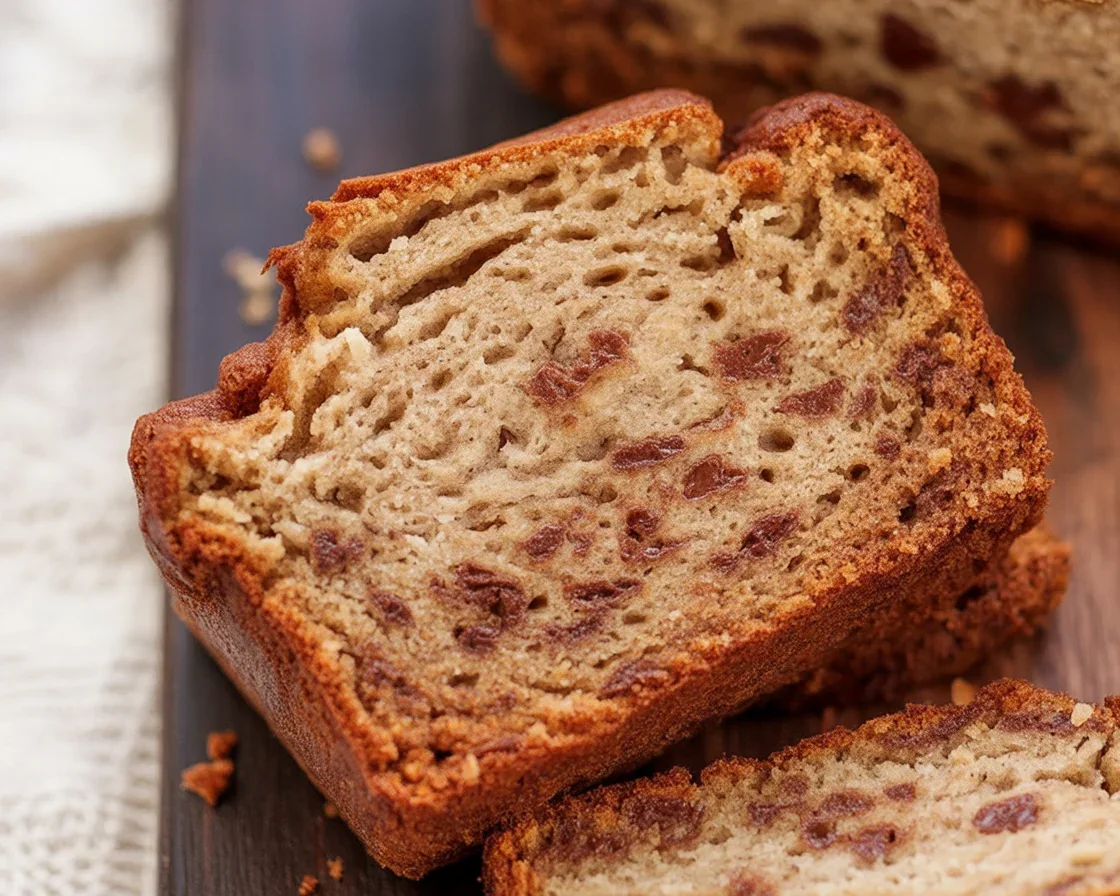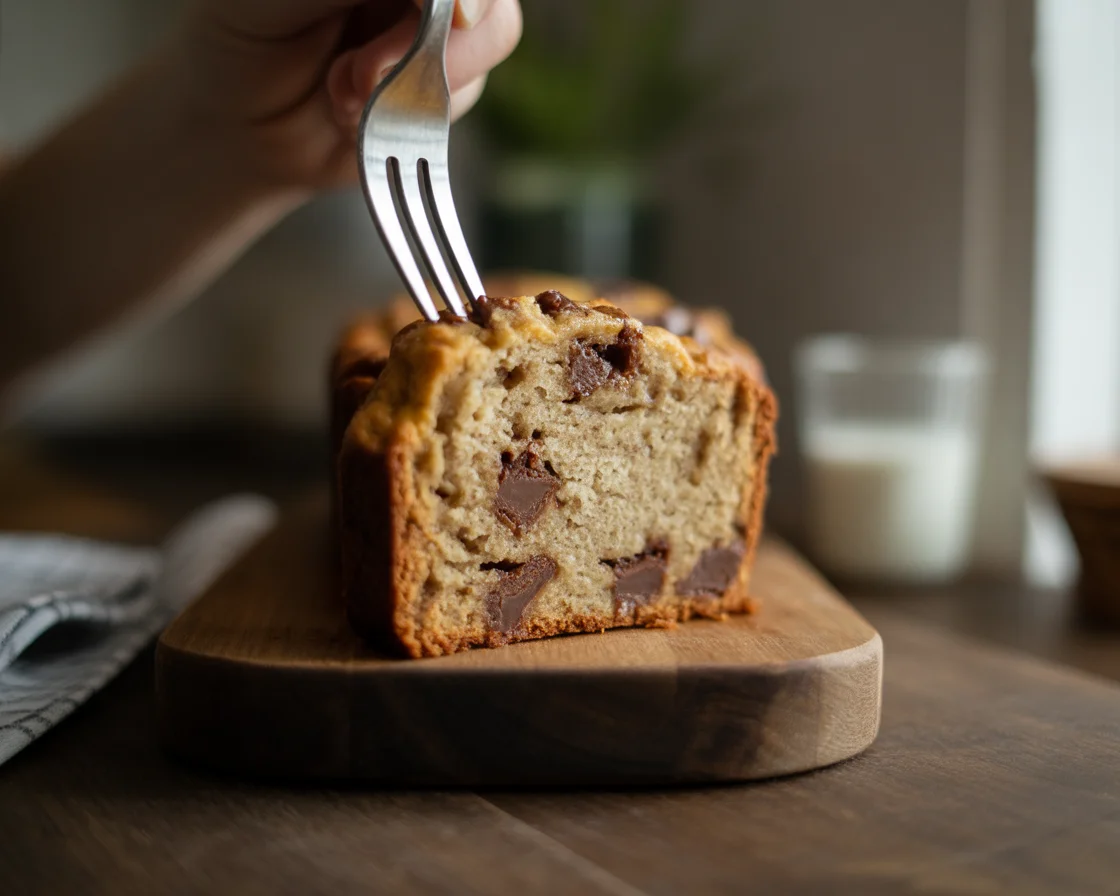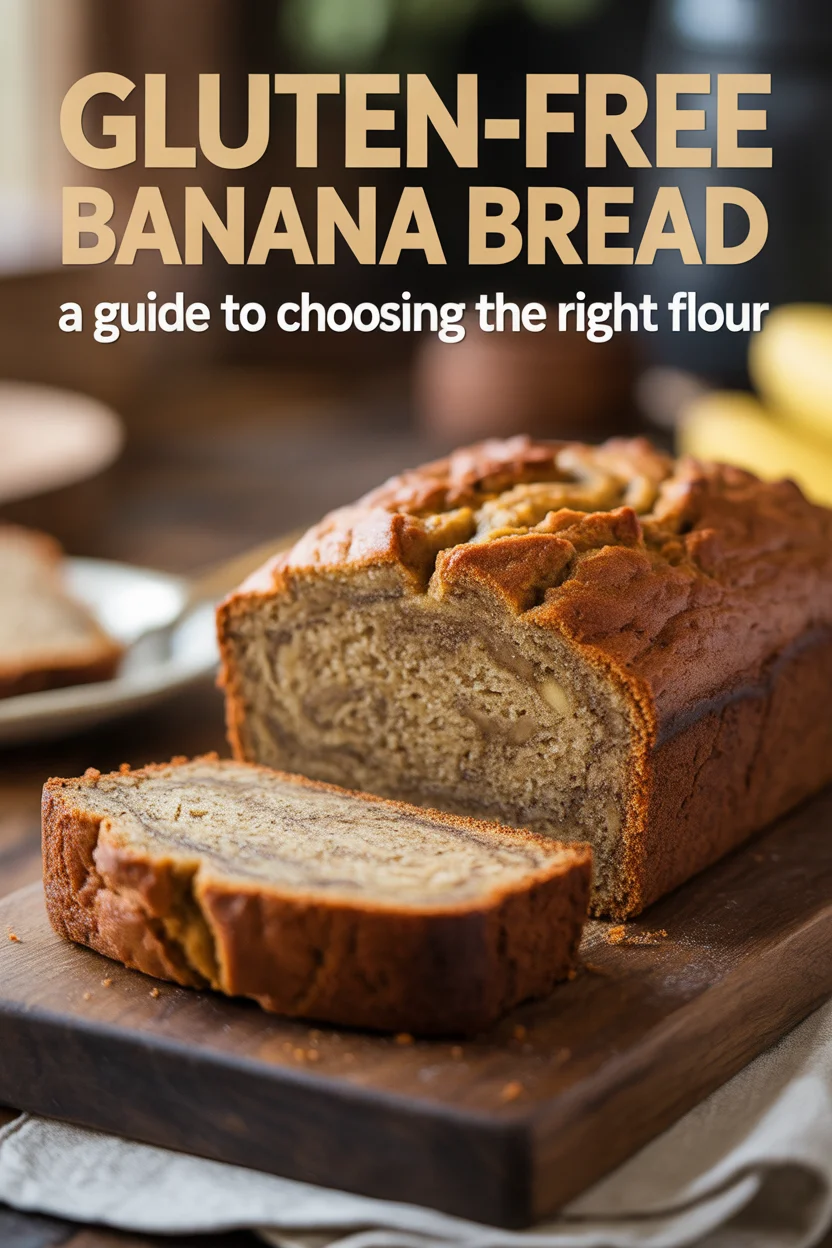gluten-free banana bread flour was always some giant mystery to me, honestly. Like, I burned through so many crumbles and gummy loaves before I ever got a slice that tasted even close to the regular stuff. Maybe you’re also standing in the kitchen, staring at a bag of almond flour, wondering if you messed up again? I’ve totally been there. After a dozen (or let’s be real, a million) test runs, and a little nudge from helpful guides like this simple gluten-free almond flour flatbread recipe and this apple cinnamon sweet gluten-free bread, I finally pieced it all together. So, if banana bread is calling your name and gluten is just not your friend, pull up a chair. This’ll save you the stress headache.
Why Flour Choice Matters in Gluten-Free Banana Bread
Let’s just put it out there – not all gluten-free banana bread flour is created equal. Some flours soak up way too much liquid and turn your loaf dense as a doorstop. Others can’t hold a crumb together, you end up scrapping what looks like banana pudding into a bowl. What gives? Gluten does a lot of heavy lifting in baking. Take it out, and you gotta get creative. The type of flour you pick decides if you wind up with a nice, moist bread or a flat, rubbery flop. Picking the right one really is the difference between serving up something that everyone wants second helpings of, or… side-eyeing your own creation and quietly tossing half of it in the trash.
The wacky thing is, what works well for a crusty bread doesn’t always work in banana bread at all. For all the nitty gritty details (if you’re the curious type), check out artisan gluten-free bread guide. Trust me, using the right flour makes a night-and-day difference for that classic banana bread crumb.
Key Qualities to Look for in a Gluten-Free Flour
Here’s where people get tripped up. The best gluten-free banana bread flour has a tricky job. It needs to be light enough not to block out the bananas’ magic. But it’s also gotta hang together when you slice in.
First, you want a flour (or flour blend) that won’t dry out. Anything that feels gritty or dusty straight from the bag? Nah, steer clear. Smooth texture is your friend. The next thing is neutral or subtle flavor. Some alternative flours scream “bean” or “grass” in your loaf. Trust me, you do not want chickpea-flavored banana bread.
I always look for ones with fine grind and good moisture-holding power. One more little thing: watch out for blends loaded up with gums and binders. Some is good, too much, and your bread feels gluey in a weird way.
And if you’re the type to experiment, the baking basics techniques section will keep you from making the same mistakes I did.
“After I switched to a rice and oat flour mix, my banana bread actually *tasted* like bread. Never going back to just plain almond flour. Changed everything.”
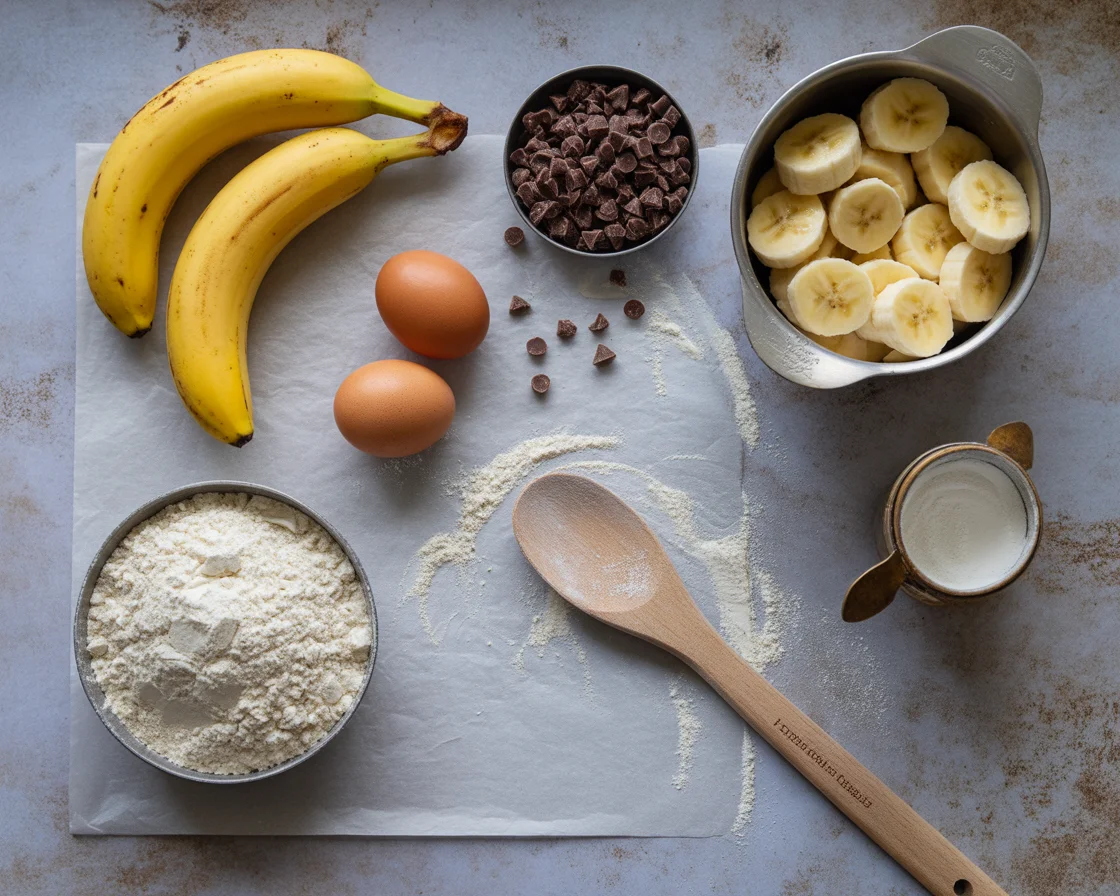
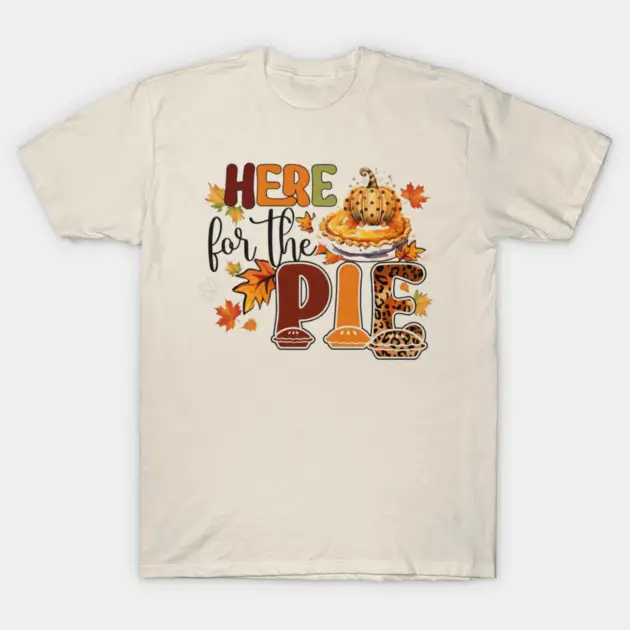
Common Gluten-Free Flours for Banana Bread
Okay, so you know what you’re looking for. But which flours belong in your pantry? I’ll rapid-fire the main players. Almond flour is super popular for moist, nutty loaves. Don’t let it be your only flour though, it can get dense. Brown rice flour is mild and works well in blends. It sometimes makes things a smidge gritty if it’s not ground real fine.
Oat flour (make sure it’s gluten-free certified, by the way) adds natural sweetness and tenderness. Sorghum flour and millet flour are both pretty neutral and awesome for softness. Coconut flour soaks up liquid like a sponge; I mean, a TINY bit goes a long way. And finally, there’s those ready-made all purpose blends (like the ones you’ll see at the store). They’re fine, but some people swear by their own homemade blend instead.
Get creative – mix and match until you land on a combo you love. There’s a reason so many blends get play in the classic everyday breads category across baking blogs.
The Role of Starches & Binders
Okay, quick science break (but, you know, quick). If you want your banana bread to actually slice – and not just collapse in a soft heap – you need a starch or binder in your flour blend. Starches like tapioca, arrowroot, or even potato starch are the heavy lifters here. They give your bread a crumb that holds up and stays light. If you skip these, you’ll notice your loaf is weirdly wet or just falls apart. Not fun.
Binders like xanthan gum or psyllium husk act as the glue. Some folks are sensitive to gums, so psyllium is a good backup. Just a dash makes a world of difference. I used to leave these out and I regretted it every time.
Understanding Xanthan Gum in Quick Breads
Speaking of xanthan gum, many bakers wonder whether they really need it in banana bread recipes. While banana bread is naturally more forgiving than yeasted breads, understanding how xanthan gum works in gluten-free bread can help you decide when to use it and when you might skip it. Quick breads like banana bread often rely more on eggs and mashed fruit for binding, but a small amount of xanthan gum can still improve the final texture and help prevent crumbling.
To really geek out, the gluten-free flour blends article breaks it all down if you’re curious.
| Flour Type | Texture | Flavor Profile | Common Uses |
|---|---|---|---|
| Almond Flour | Moist, dense | Nutty, sweet | Banana bread, muffins |
| Oat Flour | Soft, tender | Mild, naturally sweet | Muffins, pancakes |
| Brown Rice Flour | Slightly gritty | Neutral | Breads, cookies |
| Coconut Flour | Very absorbent | Sweet, delicate | Thickening agent, quick breads |
| Sorghum Flour | Fine, slightly gritty | Mild | Pancakes, breads |
Choosing the Right Flour for Your Baking Goal
So, this is where it gets personal. If you like banana bread on the super moist, cake-y side? Lean heavily into almond flour plus a bit of starch. But if you’re ever craving banana bread that slices up pretty for lunchboxes – and actually looks like you bought it from a bakery – I’d suggest a blend with oat flour, brown rice, and a scoop of potato starch thrown in.
Sometimes, it’s trial and error. My first dozen attempts were…let’s just say, less than perfect. What saved me? Combining a couple of store blends, or straight up mixing what I had till I found what worked. Don’t be scared to do your own thing! Trust your gut (and taste buds). I promise, after a couple runs, it stops feeling like a gamble and starts feeling creative.
3 Tested Banana Bread Flour Blend Ratios
Okay, listen – do not be precious about measurements to the gram. Banana bread is forgiving, which is probably why I love making it when I’m tired or distracted. Here are my go-to 3 tested ratios.
- Classic All-Purpose GF Blend: 1 cup all-purpose gluten-free flour blend + 2 tablespoons almond flour.
- Oat & Rice Combo (soft crumb): 2/3 cup oat flour + 1/3 cup white rice flour + 2 tablespoons potato starch.
- Super Moist Almond Mix: 3/4 cup almond flour + 1/4 cup tapioca flour + 2 tablespoons brown rice flour.
Honestly, mix and match with what you have. Your bananas will smooth out minor oopsies anyway. I love that about banana bread. Don’t overthink it!
Expert Baking Tips for Success
Ready for the stuff they don’t put on the back of flour bags? Here you go.
First, always (ALWAYS) let your batter rest 15 minutes before baking. Gluten-free flours just need time to soak up liquid for a tender crumb. Second, bananas should be so ripe they almost walk themselves into the bowl. I like juicy, black-spotted ones for max flavor.
And last, taste your batter. It sounds wild but sometimes gluten-free blends taste odd, and this lets you know if you need an extra sprinkle of cinnamon or vanilla. If you want to see more clever tricks, gluten-free bread recipes for beginners has a bunch.
Troubleshooting Common Issues
Alright, rapid-fire fixes for the banana bread blues. If your loaf is crumbly and falling apart, you probably missed the binder or didn’t use enough starch. Try again! If it’s soggy and raw in the center, your bananas might’ve been ginormous. Just bake a bit longer or drop oven temp so it cooks through.
Gummy texture means your flour blend has too much starch or moisture. Switch the ratio next round. If you want extra help, gluten-free bread troubleshooting walks you through fixes. Don’t worry, my first one looked like banana pudding too – you’re not alone!
Common Questions
A: I wouldn’t. Coconut flour soaks up way too much liquid. Your bread will end up dry or just won’t bake through.
A: Yep! A lot of best store-bought gluten-free bread options also make flour blends for banana bread. Still, peek at the ingredients to make sure they’re not loaded with gums.
A: Not always. Psyllium husk or ground flax can stand in for it. You need some sort of binder, though, or your bread will fall apart.
A: Try dropping the starch level in your blend or add a tablespoon more of rice or sorghum flour. And let the loaf cool before slicing.
A: For sure! Just wrap slices tight, and let them thaw at room temp. They’ll taste almost as fresh as day one.
Go Bake Up Something Awesome!
So, there it is – everything I wish someone told me about picking gluten-free banana bread flour before I filled my trash with sad banana bricks. Start with a solid flour blend, play around a little, and you will find your sweet spot. If you want another take, check out my Gluten-Free Banana Bread Recipe or the Gluten-Free Banana Bread Recipe from Simply Recipes for alternative inspiration. Either way, once you get the hang of it, I promise you’ll be baking loaves that taste like pure comfort food – and maybe even brag a little to your gluten-eating friends.

